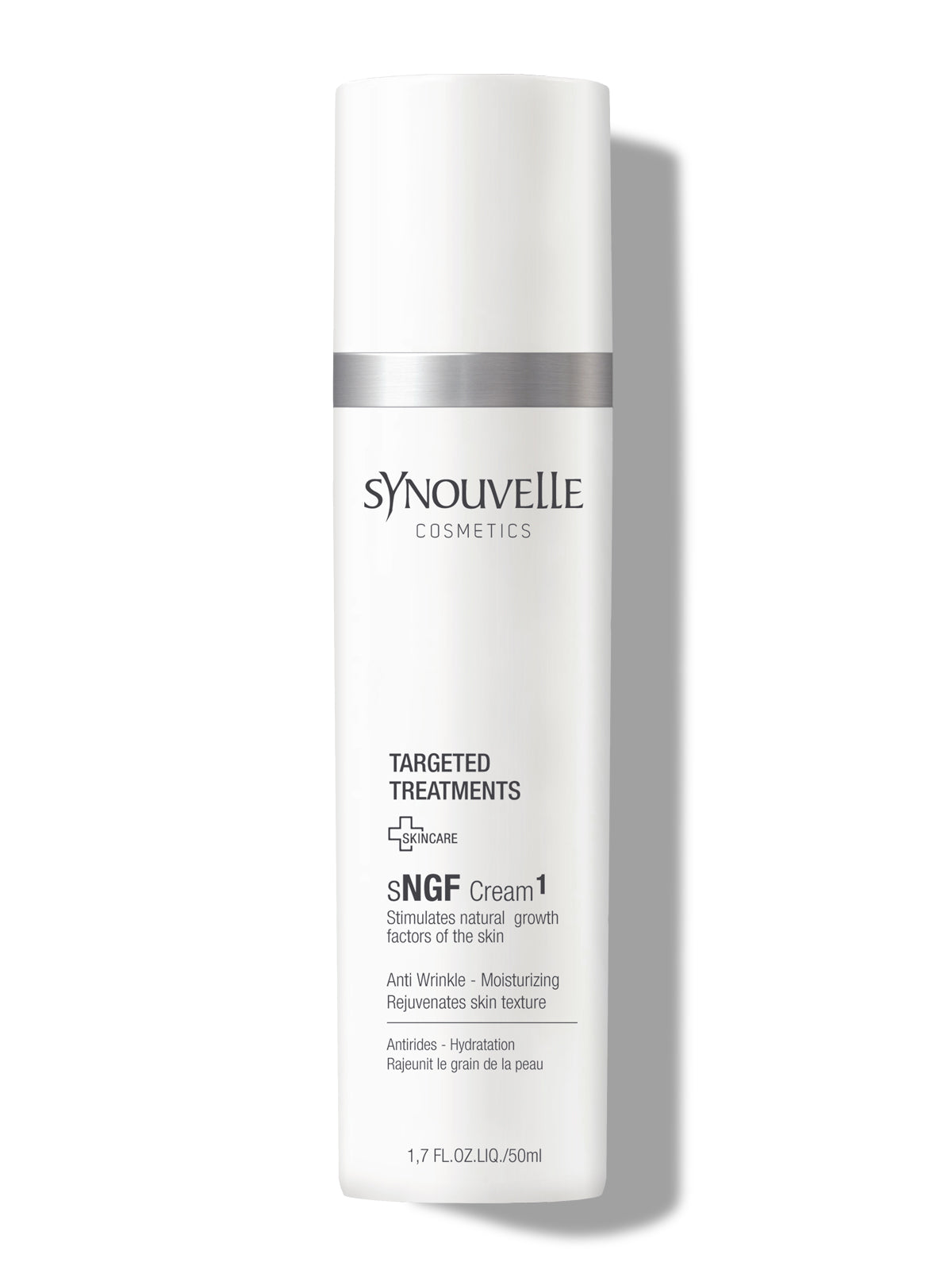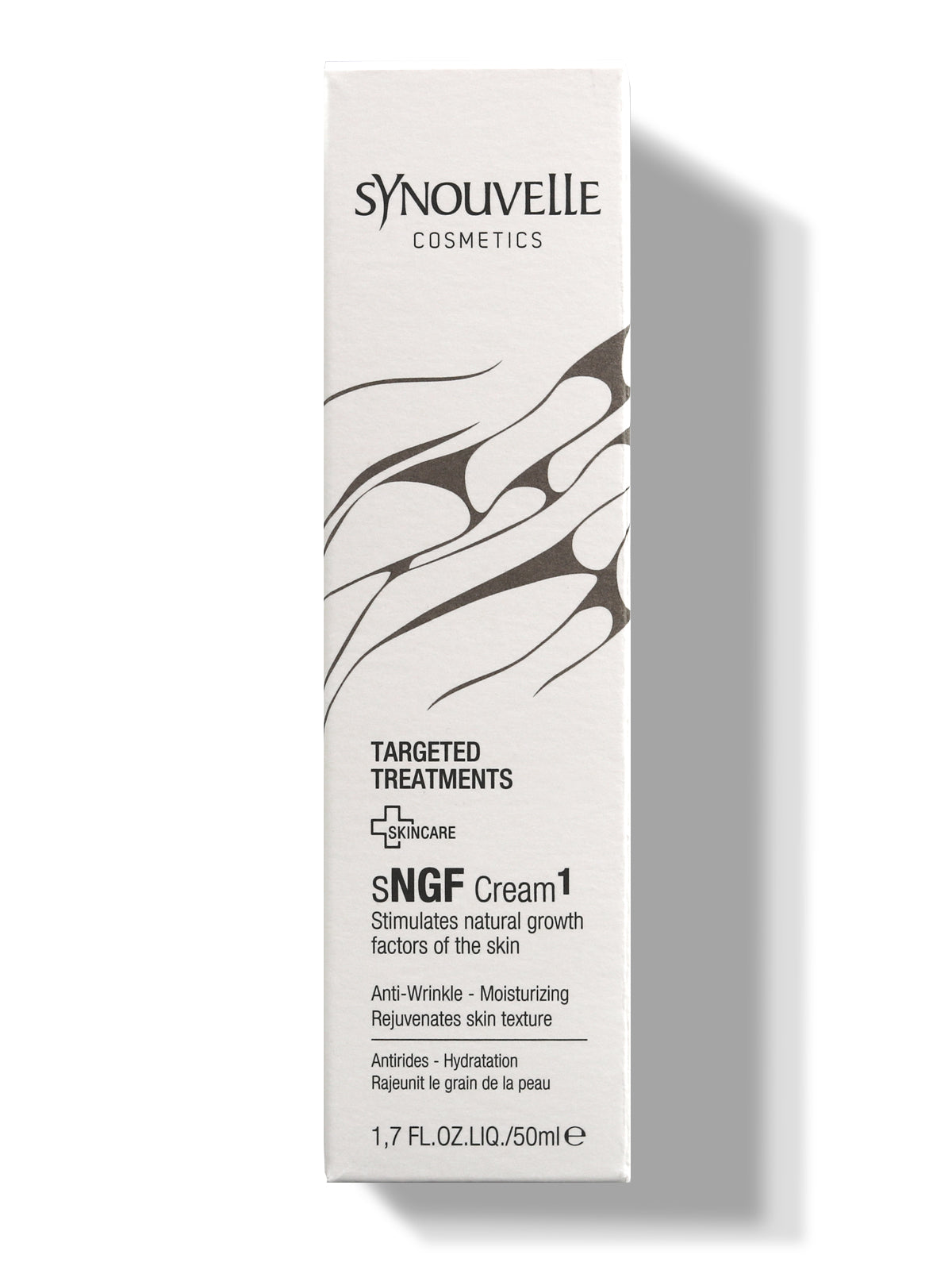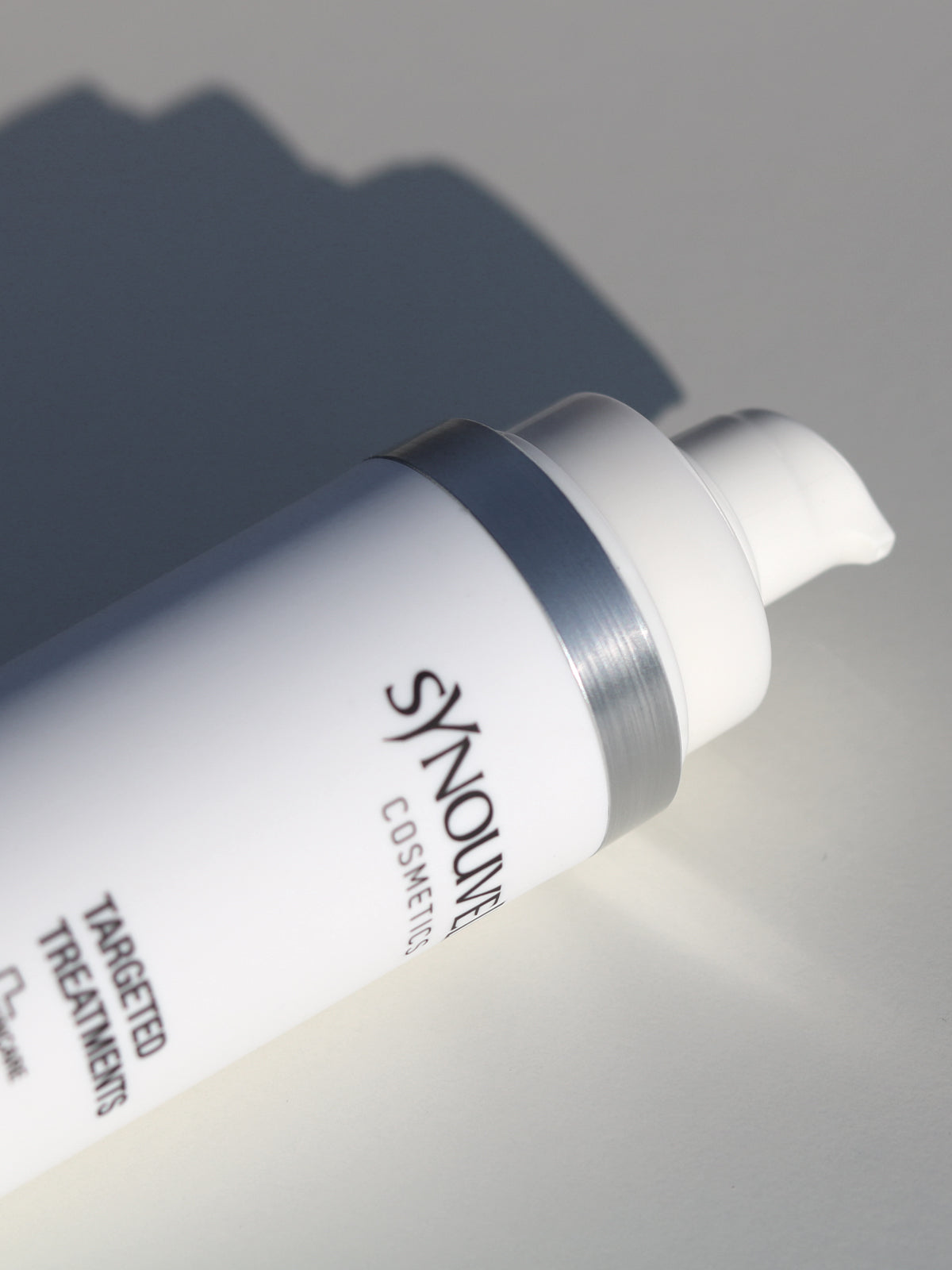sNGF Cream 1
sNGF Cream 1
Couldn't load pickup availability
Anti-aging face cream that provides immediate and long-lasting intense hydration for improved elasticity and firmness of the skin.
This high-quality anti-aging cream provides immediate and long-lasting intense hydration. Through the use of a novel technology (sNGF39 complex), the skin's natural growth factors are stimulated, thereby promoting collagen and elastin synthesis.
- Natural growth factors of the skin are stimulated, thereby promoting collagen and elastin synthesis.
- Terapeptides and tripeptides (messenger peptides), developed to activate the skin's own repair process, are used in high concentration.
- Essential anti-aging oils and antioxidants improve the skin's protective barrier, while fine lines and wrinkles are plumped up.
DETAILS
DETAILS
- Supports hormonally induced hair loss—e.g. post-pregnancy, after discontinuing hormonal birth control, or during menopause
- For hair thinning due to age-related or genetic changes
- Acts early—targeted support at the first signs of hair loss, regardless of gender
HOW TO USE
HOW TO USE
- Apply the serum to the scalp using the pipette, focusing on areas with reduced vitality and density. Gently massage with your fingertips. Use every other day for one month as an intensive treatment. Thereafter, apply twice weekly for maintenance.
KEY INGREDIENTS
KEY INGREDIENTS
- Peptide complex, caffeine, sage water, resveratrol, panthenol, structure-supporting amino acids
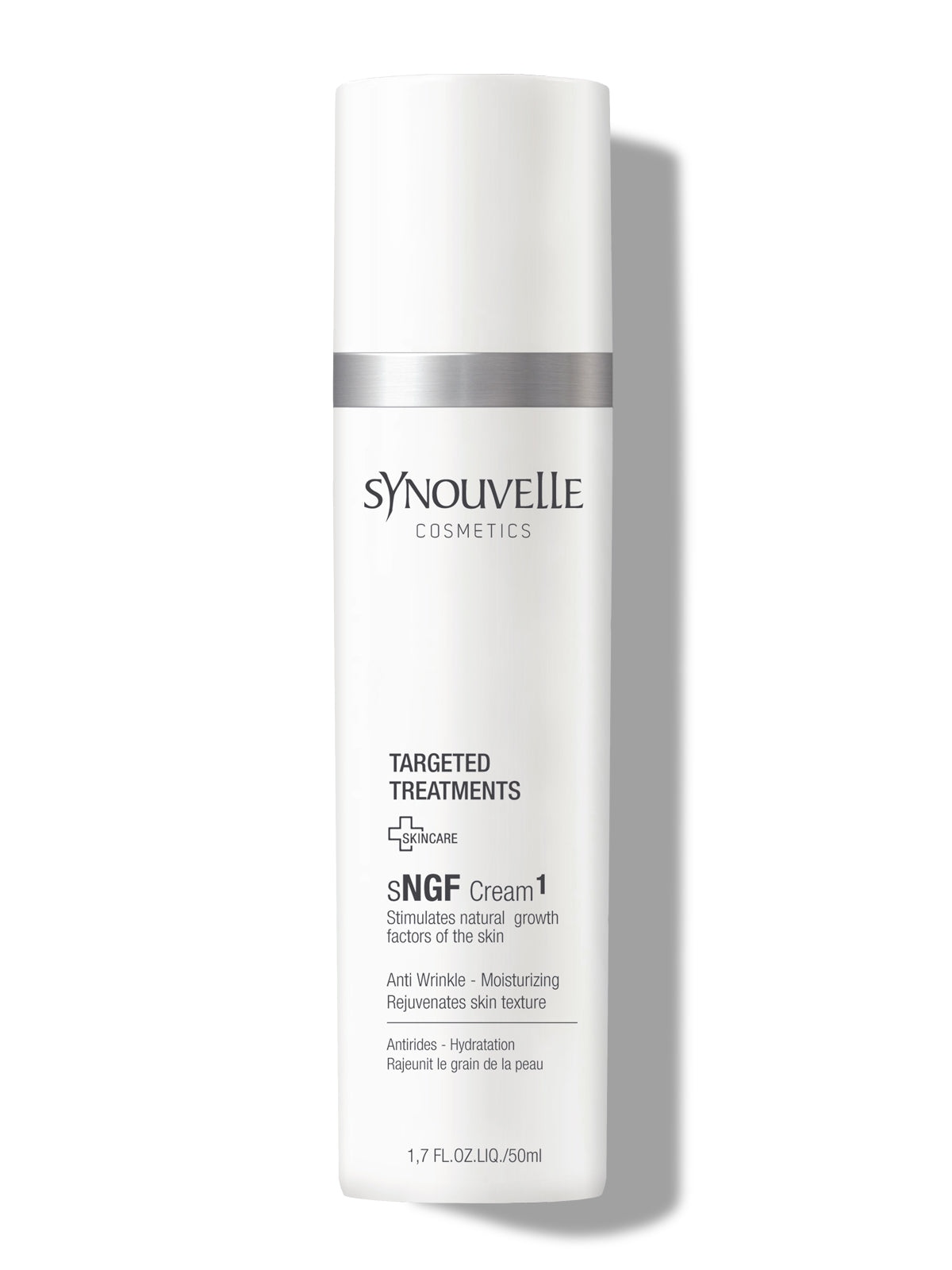
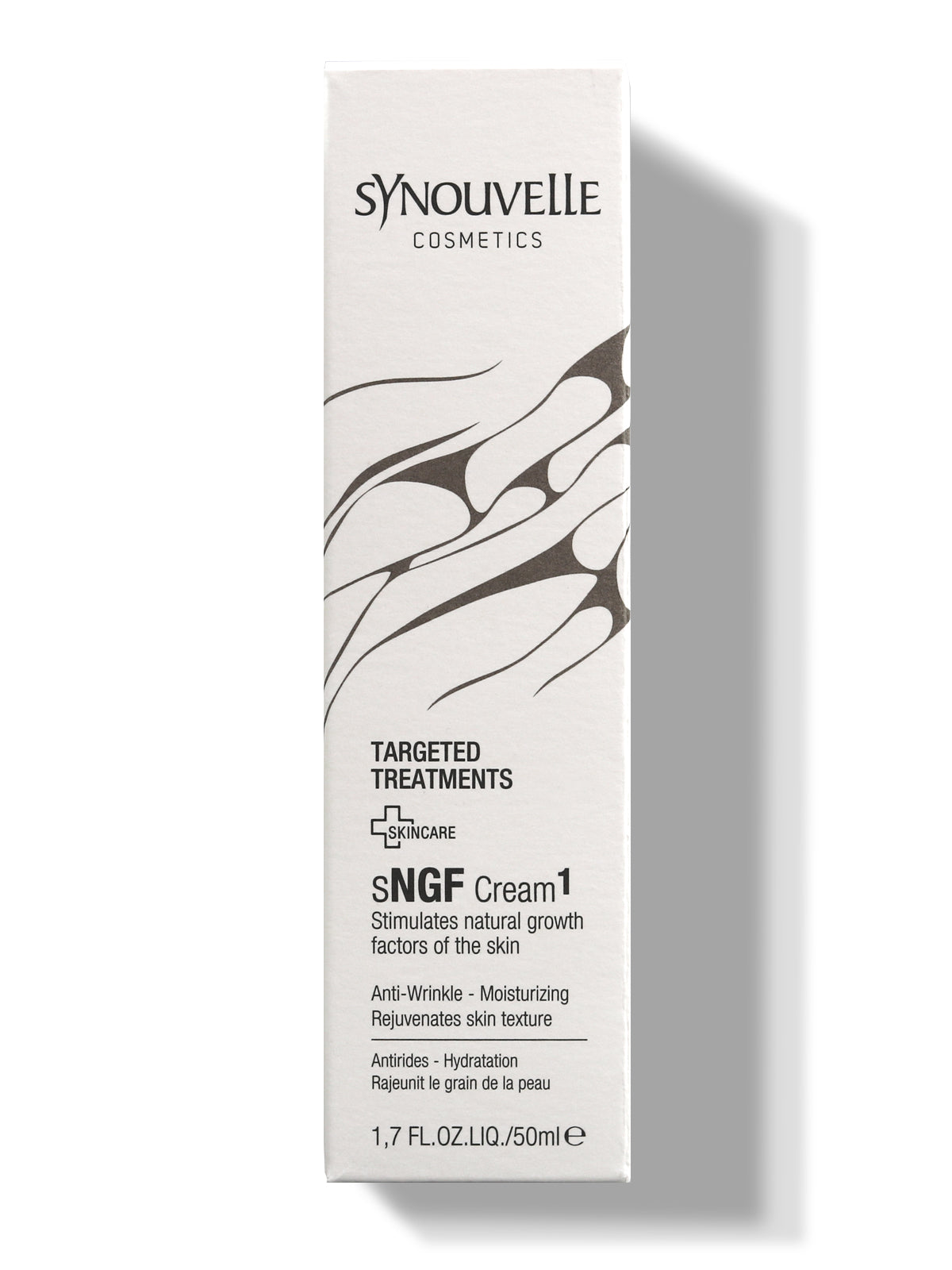
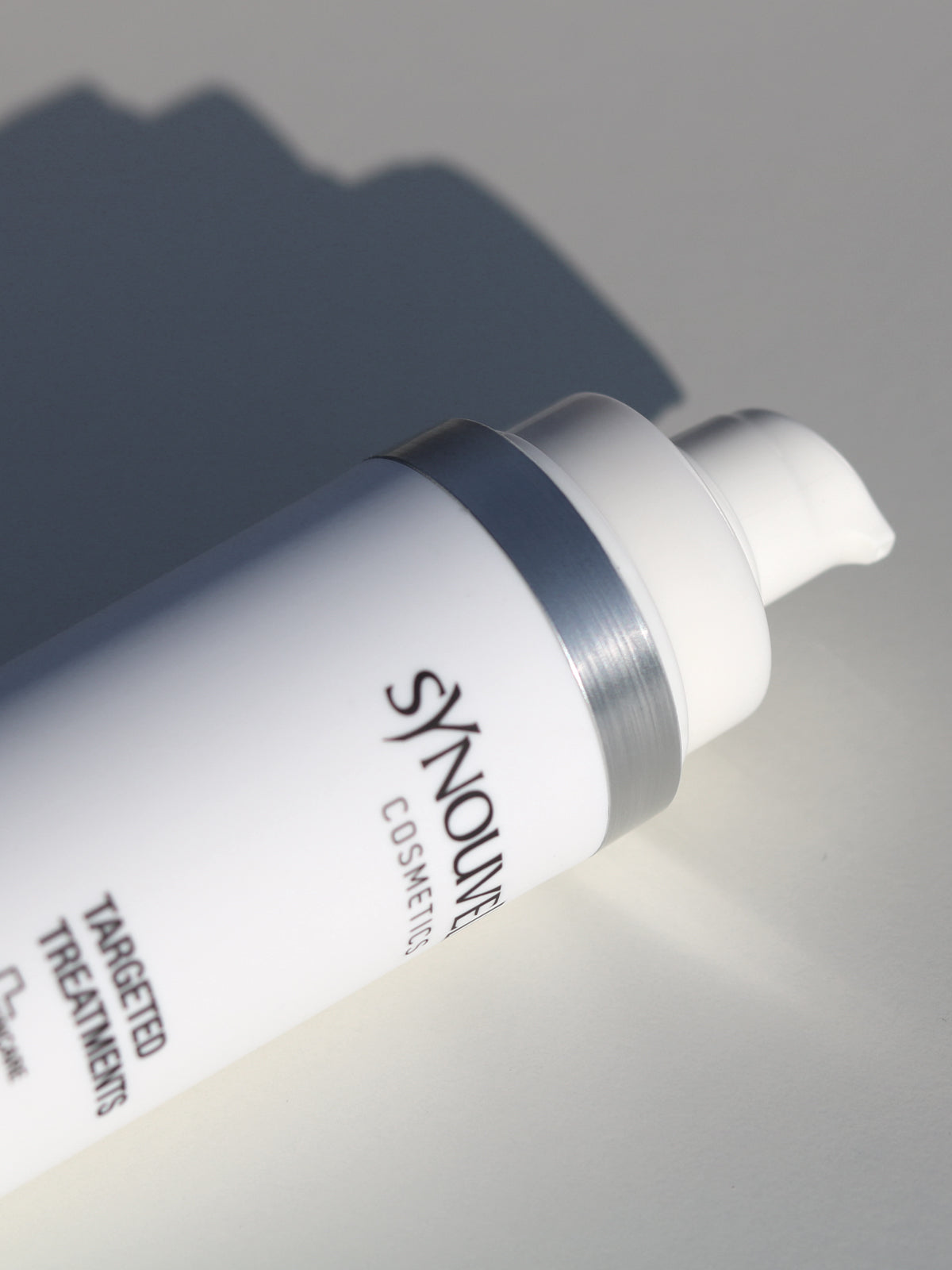
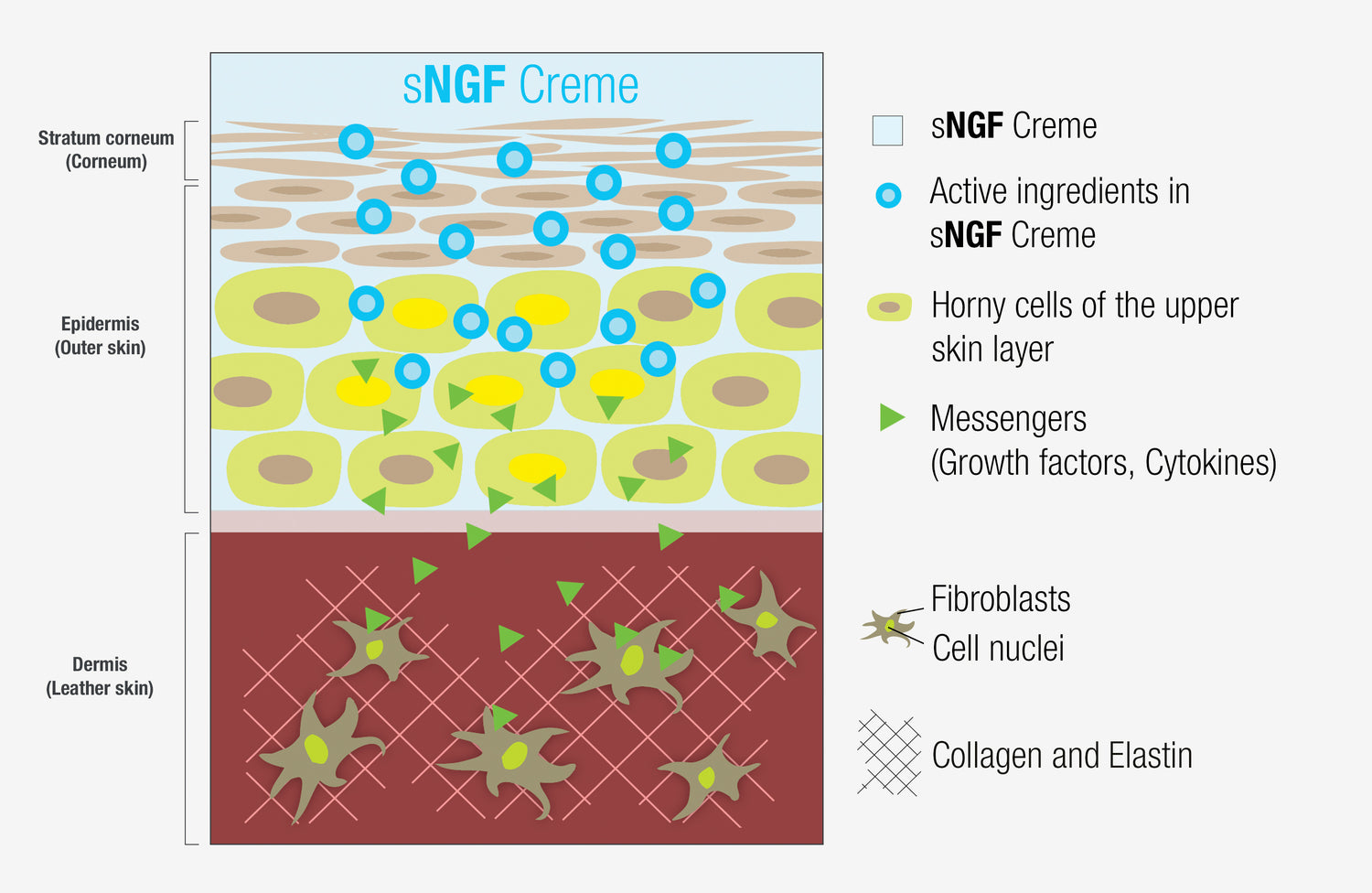
Function & Mode of Action:
The condition of the dermis determines the elasticity and firmness of our skin. Normally, active ingredients cannot penetrate into the dermis. However, a completely new strategy is pursued with sNGF creams: cell communication.
Collapsible content
Cell Communication:
In the mode of action, communication between the outer and inner layers of the skin is utilized, that is, the communication of cells of the epidermis (outer layer) with the cells of the dermis (inner layer). Growth factors are important for the formation of new collagen and elastin. Keratinocytes (horn cells of the upper skin layer) are stimulated to produce and release messenger molecules such as growth factors and cytokines. The messenger molecules then penetrate from the epidermis (outer layer) into the dermis (inner layer). They reach the fibroblasts, where they bind to specific receptors on the cell surface and then transmit the signal for the formation of new collagen and elastin to the cell nuclei.
Matrikines:
are a new generation of peptides that act as messengers in the skin's own repair processes. They stimulate tissue renewal and promote the neosynthesis of the extracellular matrix to repair age-related skin damage and achieve a visible anti-aging effect.
Antioxidants:
A combination of various derivatives of vitamins A, C, and E. The encapsulation of vitamins allows them to penetrate deeper into the skin and unfold their effectiveness there. Vitamin A promotes skin enzyme activity and increases its collagen content. Vitamin E and C are an effective combination that acts as free radical scavengers and thus prevent skin aging as a result of UV radiation.
The sNGF creams contain additional effective ingredients such as hyaluronic acid (high molecular and low molecular weight), important for the moisture content in the skin. In addition, high-quality anti-aging oils and anti-aging extracts are also used.
Die Creme hat eine leichte Konsistenz, zieht gut weg und kommt ohne Duftstoffe aus. Ich habe meine Creme gefunden!

